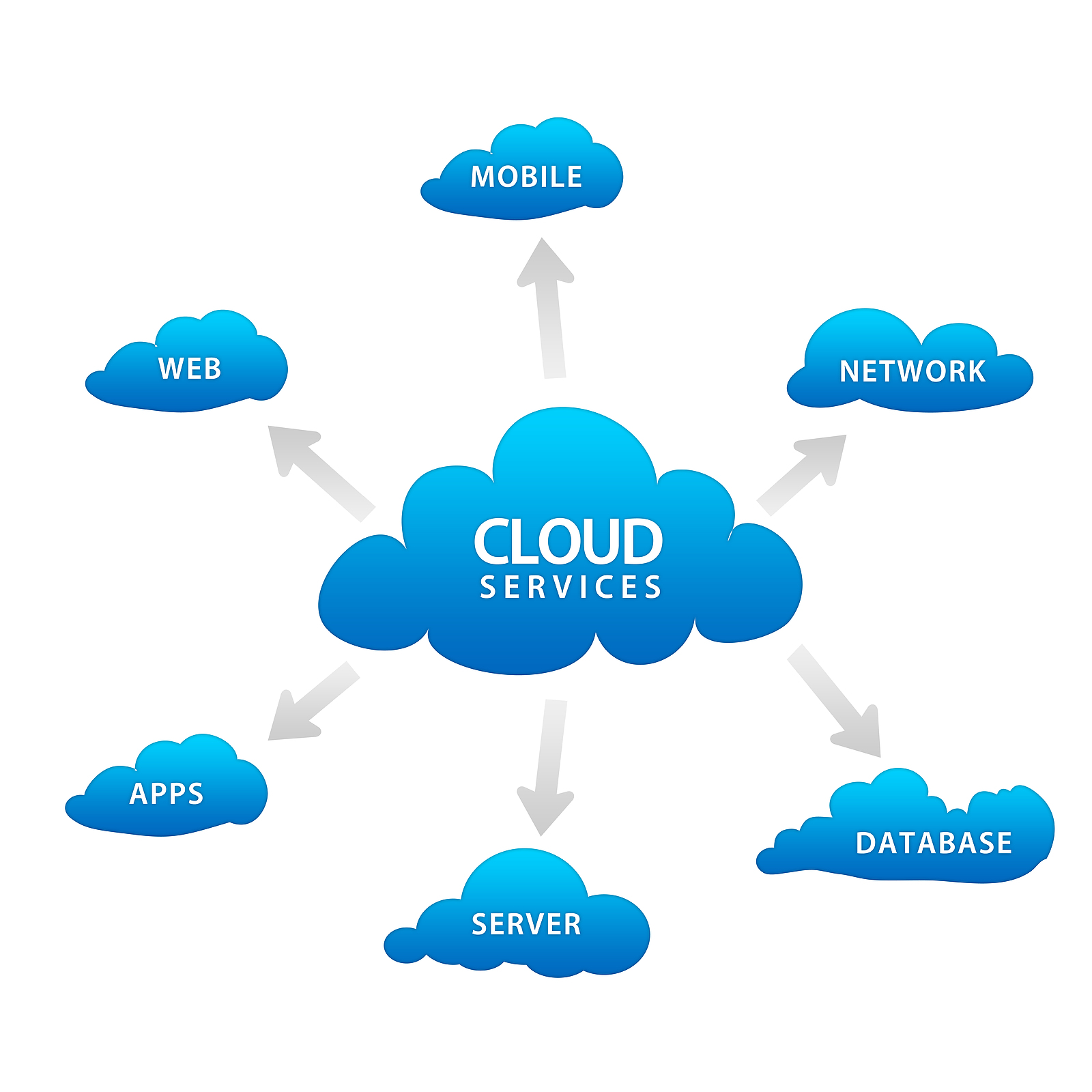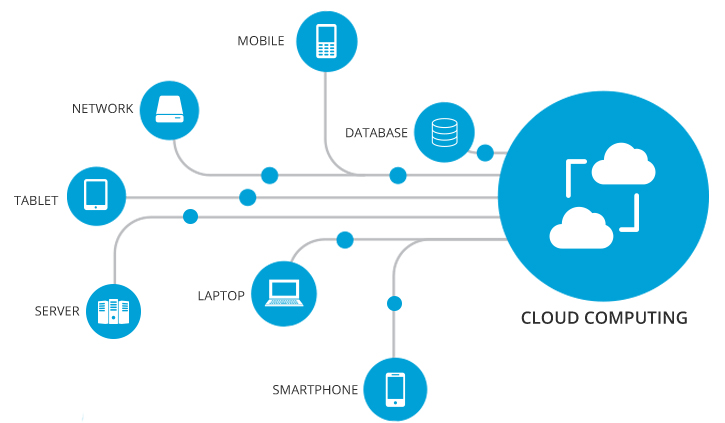Drive Development: Taking Advantage Of the Power of Cloud Services
In the fast-paced landscape of modern service, utilizing the power of cloud services has become an important aspect for companies intending to drive technology and preserve a competitive edge. The capability to range resources dynamically, embrace innovative innovations flawlessly, and enhance advancement procedures successfully can significantly affect an organization's ability to introduce and adapt. As we discover the intricate partnership in between cloud services and innovation, fascinating insights on exactly how cloud remedies revolutionize conventional business techniques and lead the way for groundbreaking developments will be exposed.
Benefits of Cloud Solutions
Cloud solutions use numerous advantages to organizations and people looking for flexible and efficient services for their digital demands. One of the key benefits of using cloud solutions is the cost-effectiveness they offer.
Additionally, cloud solutions boost ease of access and partnership amongst groups. With information saved in the cloud, staff members can safely access data and applications from anywhere with a web link, promoting remote work capabilities and enhancing performance. Real-time collaboration functions allow several individuals to work with papers all at once, fostering seamless teamwork despite physical location.
Another advantage of cloud services is the improved information safety and security and disaster recuperation they offer. Cloud suppliers apply innovative safety steps to secure information from cyber risks, guaranteeing compliance with sector policies. Furthermore, automated backups and recovery remedies decrease the danger of data loss because of unforeseen events, supplying satisfaction to users.
Cloud Migration Approaches
Transitioning to shadow solutions entails thorough preparation and strategic implementation to ensure a efficient and smooth migration procedure. There are a number of cloud migration strategies that companies can take into consideration when moving their operations to the cloud. One usual method is the 'Rehost' method, where applications are lifted and shifted to the cloud with marginal modifications. This technique fasts but may not totally enhance cloud benefits. The 'Replatform' approach entails making some cloud optimizations throughout migration, such as upgrading the application style to benefit from cloud-native attributes. Cloud Services. For a more thorough improvement, the 'Refactor' technique includes rearchitecting applications to be cloud-native, enhancing scalability and performance. Furthermore, the 'Repurchase' technique entails replacing existing software program with cloud-based options, while the 'Retire' strategy involves deactivating repetitive applications. Selecting the right migration technique relies on aspects like expense, timeline, and desired results, requiring a cautious assessment of each alternative's benefits and difficulties.
Enhancing Partnership in the Cloud
Enhancing team collaboration via cloud-based devices can significantly boost productivity and simplify communication within organizations. By leveraging cloud solutions, teams can function together see this here seamlessly regardless of their physical places, allowing real-time collaboration on tasks.

Safety Factors To Consider for Cloud Adoption
Just how can companies ensure the robust safety and security of their data when adopting cloud services? Security factors to consider are critical in the adoption of cloud solutions. Regular safety audits and monitoring of the cloud setting aid in finding and minimizing any safety and security violations immediately.

Cloud-Native Technology Practices
In the world of cloud computing, accepting cloud-native innovation methods is vital for organizations making every effort to enhance their digital facilities and boost functional performance. Cloud-native development methods More hints entail creating applications especially for cloud environments, leveraging the scalability, versatility, and agility that cloud services provide. Deliberately applications with cloud-native concepts in mind, such as microservices design, containerization, and orchestration, companies can enhance their development procedures, enhance resource use, and respond better to altering market demands.
In addition, cloud-native development techniques promote continuous assimilation and continuous delivery (CI/CD) pipes, making it possible for automated screening, release, and surveillance of applications. This repetitive method promotes faster advancement cycles and improves overall software application high quality. Additionally, the use of serverless computing and took care of services enables organizations to concentrate on establishing core service performances while unloading framework monitoring tasks to shadow provider.
In essence, embracing cloud-native innovation methods encourages organizations to drive innovation, increase time-to-market, and stay affordable in today's rapidly advancing digital landscape.
Conclusion

As we check out the complex partnership in between cloud services and technology, appealing insights on how cloud options reinvent standard organization methods and pave the method for groundbreaking innovations will certainly be revealed. - cloud services press release
There are a number of cloud movement methods that companies can consider when relocating their operations to the cloud. Cloud-native development practices include creating applications particularly for cloud environments, leveraging the scalability, versatility, and dexterity that cloud solutions offer. Furthermore, the usage of serverless computer and managed services enables companies to concentrate on developing core company performances while unloading facilities administration jobs to shadow service providers.
It is important for companies to think about cloud migration techniques, improve partnership in the cloud, and prioritize safety actions to make sure successful fostering of cloud services and drive innovation within their organization.